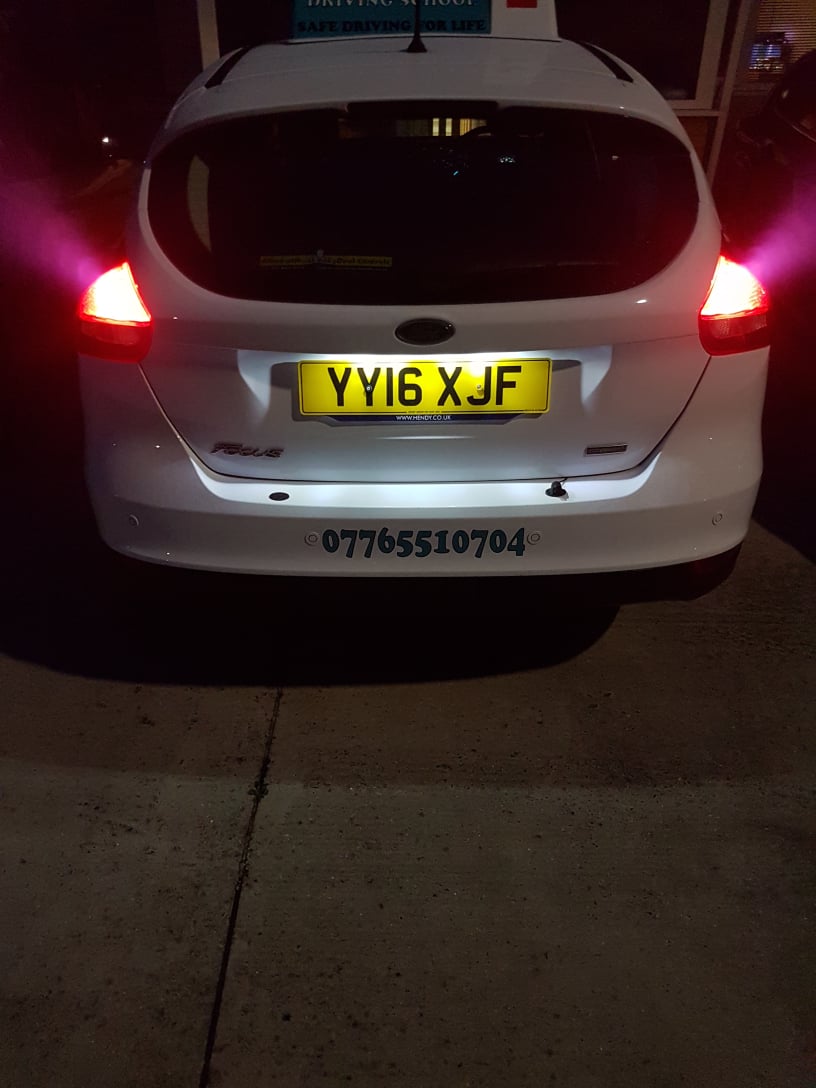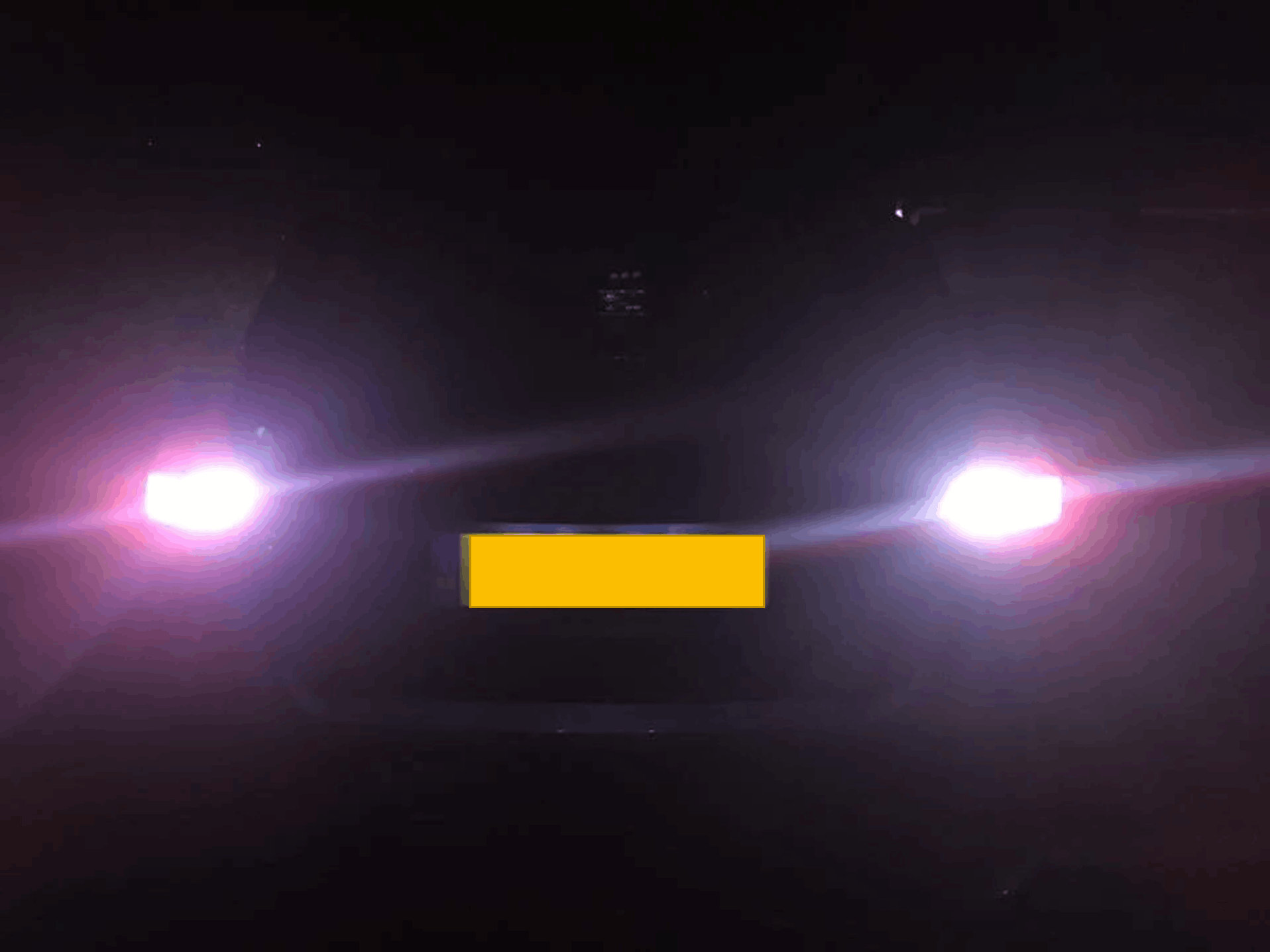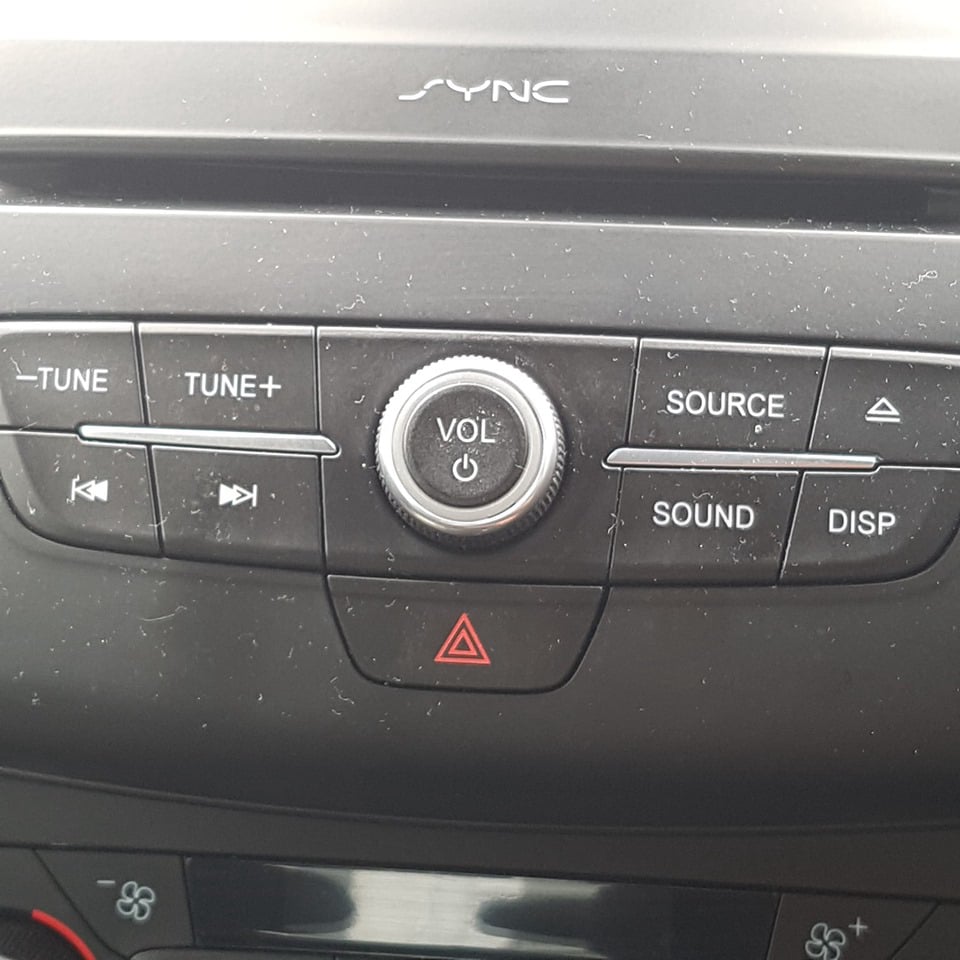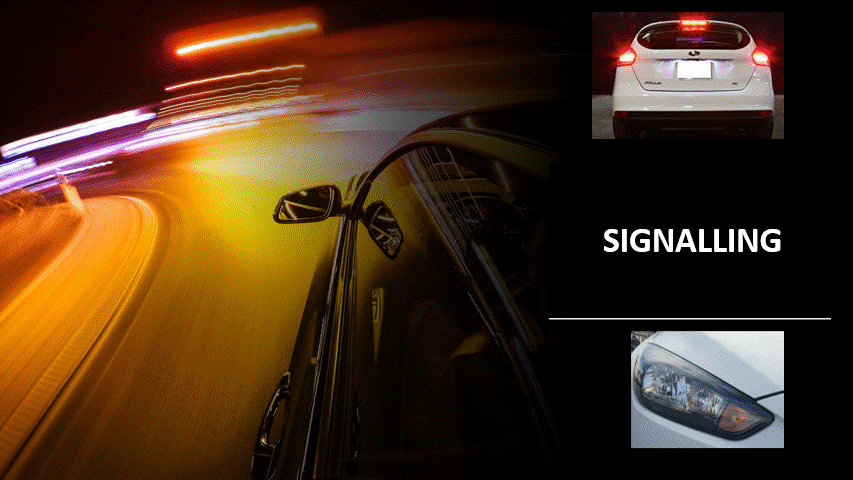

Our first thoughts when we hear the word Signal in driving is
INDICATORS!
However, signalling is not just limited to Indicators.
There are many different way to offer your intentions to other road users.
Below lists ways that we can make other aware of our intentions.
1. HORN
2. SIDELIGHTS
3. HEADLIGHTS (Dipped Beam)
4. FOG LIGHTS
5. MAIN BEAM (Full Beam)
6. INDICATORS
7. BRAKE LIGHTS
8. REVERSING LIGHTS
9. HAZARD WARNING LIGHTS
10. YOUR POSITION IN THE ROAD
11. DIFFERENT TYPES OF HAND SIGNAL
Let's now look at just some of the basic reasons and benefits behind using them and when you shouldn't use them.
THE HORN
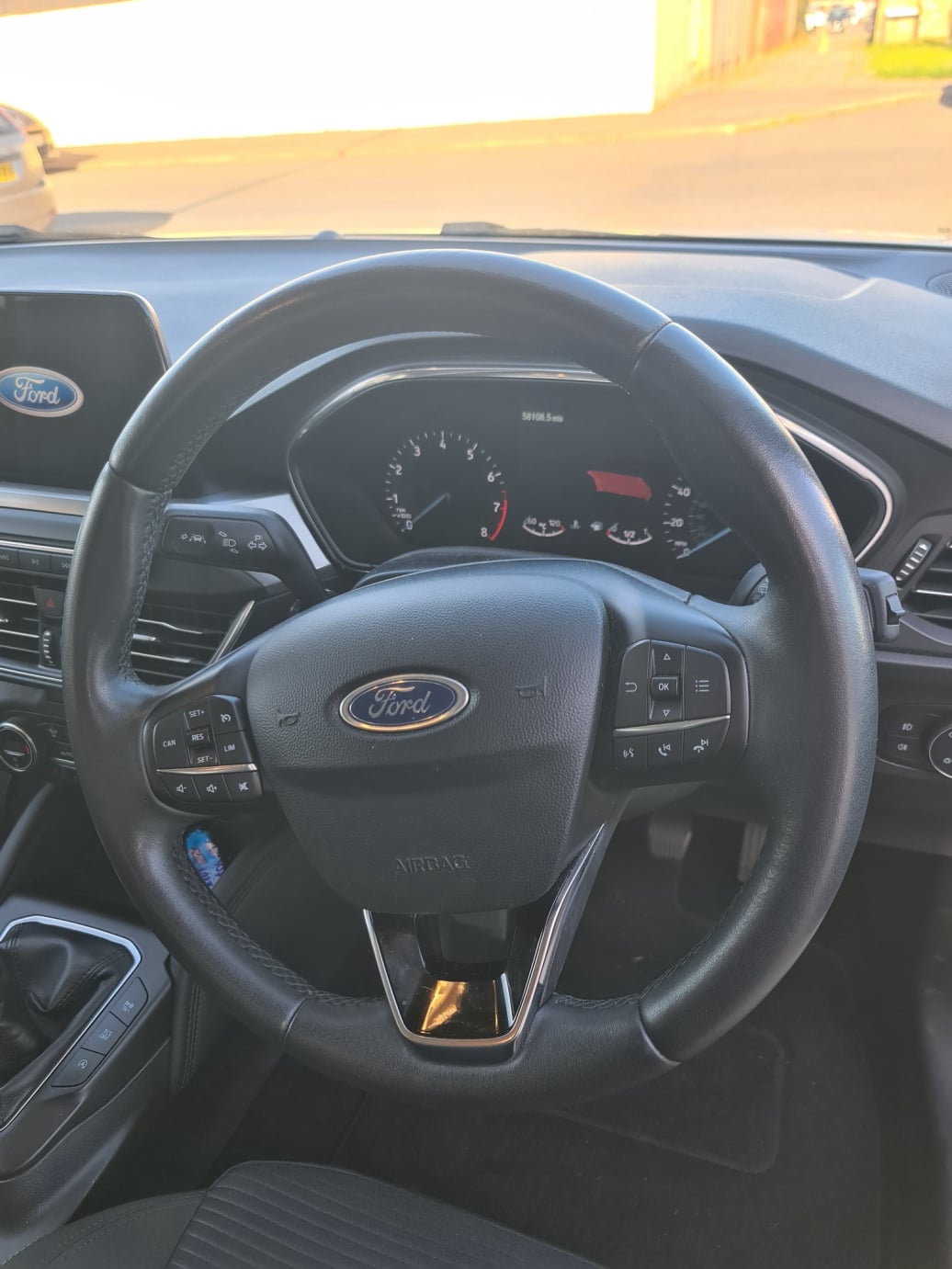
First and foremost the Horn should only ever be used to notify others of your presence.
It should only be used when your vehicle is moving*
Should not be used in built up areas between the hours of 11.30pm and 7am
or whilst your vehicle is stationary
(*except when another road user poses a danger)
Thinking about situations where it may be suitable to use the horn.
Let's give you a couple of situations.
1. You are driving along a residential road with lots of driveways, in the distance you can see quite a few parked cars on your side of the road and you can also see someone reversing out of their driveway on your side of the road. However, they have not seen you. As you get closer to that driveway, it appears that the driver reversing has still not seen you and continues to reverse, it may then be necessary for you to beep your horn to make them aware of your presence.
2. You may be driving on a rural road with lots of blind bends, you have no way of knowing what is around the next corner, there may be pedestrians in the road, cyclists, vehicles oncoming who may not be fully on their side of the road. The horn can give early notification to others around the bend that you are coming.
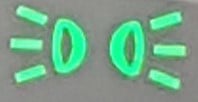
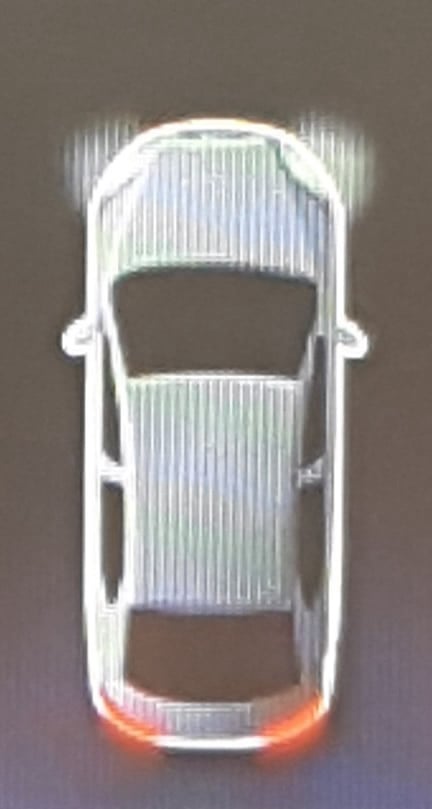
Sidelights more than anything are used to make other road users aware of your vehicle and possibly to make them aware that it is an "active" vehicle.
By "active" we mean that someone is in it.
Our stance on sidelights is that if you consider visibility reduced enough to have sidelights on, them maybe you should really have Dipped beam lights on instead.
However, it may be that you have parked your vehicle on an unlit road and you are making it more visible to other road users by keeping the sidelights on without the worry that you may deaden the battery.
It may also be that you are getting ready to move off, you are Active in the vehicle but want to make others aware that you are in the vehicle whilst you maybe carry out a cockpit drill, set up a Sat-Nav or are taking a phone call with the engine switched off, but still want other to know you are in there.
These are situations when sidelights would be more appropriate.
In the least, between the hours of sunset and sunrise, sidelights should be used when travelling on lit roads up to 30mph.
Headlights (Now referred to as Dipped Beam) Should be used between the hours of sunset and sunrise (This is usually defined as half an hour before and half an hour after) on roads that are unlit (usually roads over 30mph)
Our stance on Headlights is unless as stated in the sidelights section, we recommend that if you feel it is dark enough for sidelights then use dipped beam lights instead.
Why do we use them?
Easy answer = To make other road users aware of our presence and when visibility is reduced.
If its getting dark put them on.
If it's raining put them on.
If its foggy or snowing put them on.
Let other road users see you. The more they can see you then less chance they have of pulling out on you.
A NOTE OF CAUTION WITH MODERN VEHICLES
A lot of modern vehicles now come with what is know as running daylight lights. These come on as soon as the vehicle is started.
Alongside those daylight running lights, the dashboard lights also illuminate!
This means that should you have been driving for some time in day light hours and the journey leads you into night time hours, you may not know that you have NOT switched your Dipped Beam lights on. Obviously some cars will automatically switch Dipped beam on as daylight disappears but check what yours do or don't do.
In older cars, the only way you could make your dashboard lights come on was by turning on your sidelights or headlights. And you would always know that they were not on at night because you could not see the dashboard.
Also, some vehicles that have running daylight lights may only have the front running daylight lights illuminate along with the dashboard lights but nothing lit up to the rear of your vehicle.
This would mean that at night, you may well think everything is great, you can see the speedometer, the running daylight lights may be reflecting off of things ahead, which subconsciously makes you believe you have lights on all round, but every vehicle behind you will be going nuts because you don't have anything illuminated to the rear and may start flashing you so notify you that you have no rear lights on.

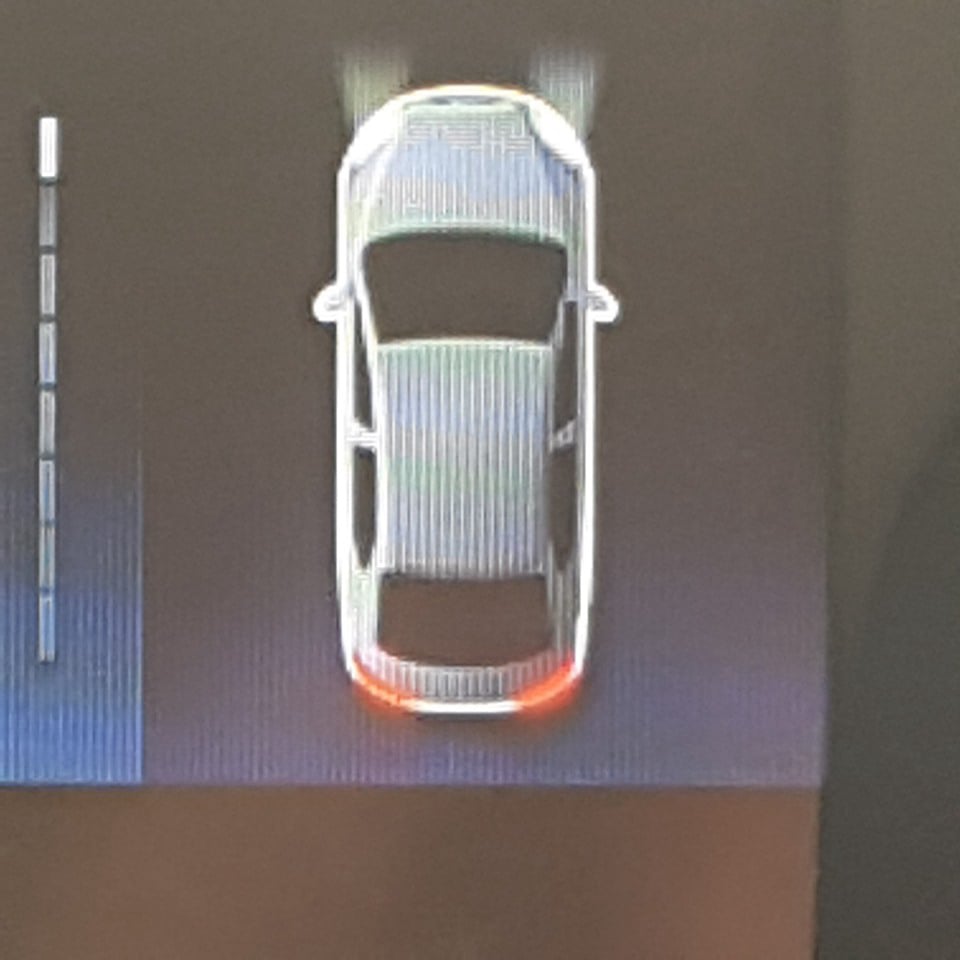

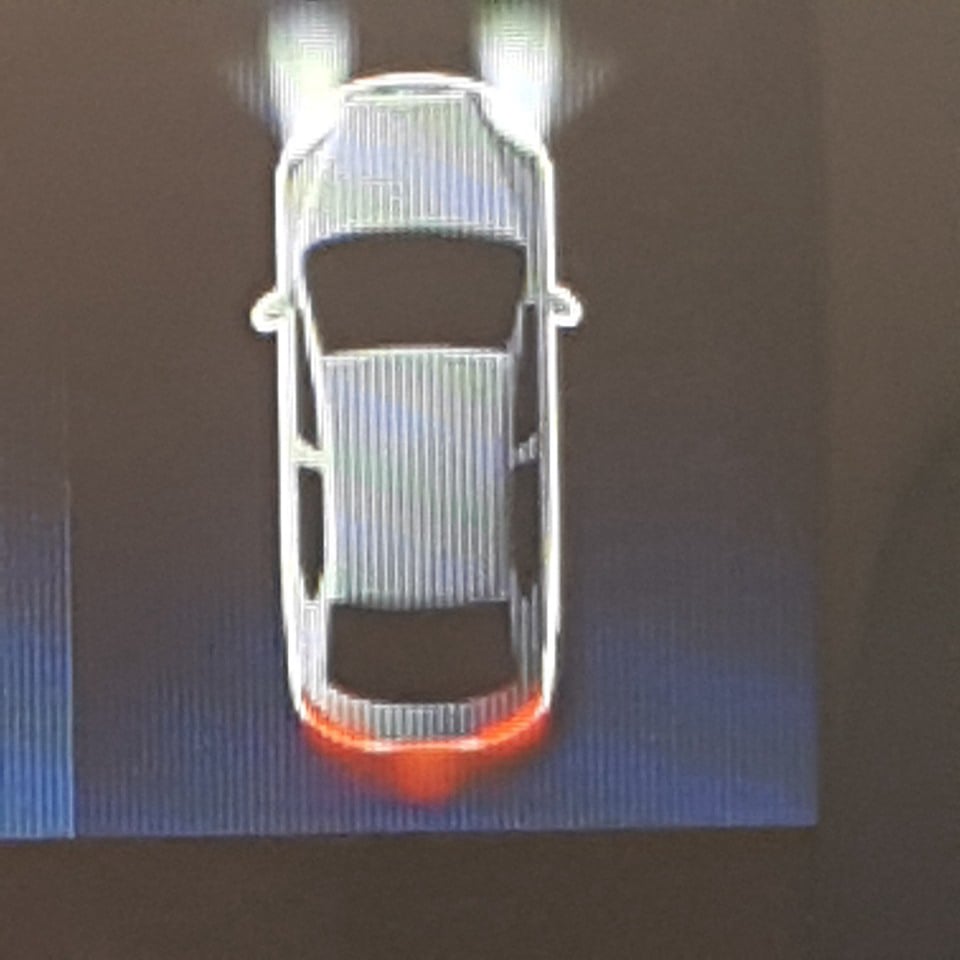
Front Fog Lights = green symbol
Rear Fog Lights = Amber symbol
Some vehicles are only fitted with rear Fog lights and others have front and rear Fog lights.
Fog lights in the UK became a mandatory fixture for vehicles first used before 1st April 1980 and any other vehicle manufactured before 1st October 1979.
There purpose for use is when visibility is seriously reduced so that you make yourself more visible to other road users.
Although a little vague on the description in the Highway Code Rule 236, it reads that "seriously reduced" means you cannot see further than 100mtrs along the road.
When visibility increases you should switch them off.
The biggest danger from not switching off a Rear Fog Light when visibility has increased is that it may dazzle other road users behind you, and could also mask your brake lights which could result in a rear end shunt.
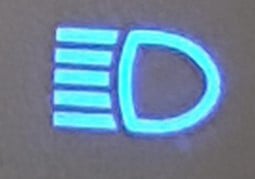
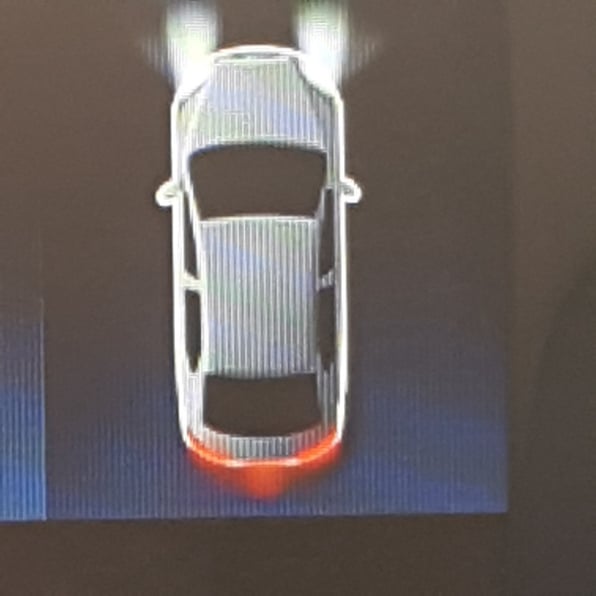
These are hi-intensity bulbs which beam much further along the road.
Normally used on rural roads or road where visibility ahead is reduced due to non lit roads.
Because of their intensity they should be switched off as soon as on oncoming vehicle is visible to you.
The last thing you want is a blinded driver driving towards you.
If an oncoming vehicle has left theirs on you could possibly quickly flash yours to notify them that they have inadvertently left theirs on.
Under NO CIRCUMSTANCE should you BLAST AND LEAVE ON your main beam lights in anger to an oncoming vehicle with theirs left on.
The risk here is that you will have two blinded drivers driving towards each other.
If at any stage the brightness of their lights restricts your view ahead, well STOP! once your eyes have readjusted then continue on with your journey.
By paying regular brisk looks at your dashboard you will know if your Main Beam Lights are on as they will be hi-lighted by the blue symbol as shown above.

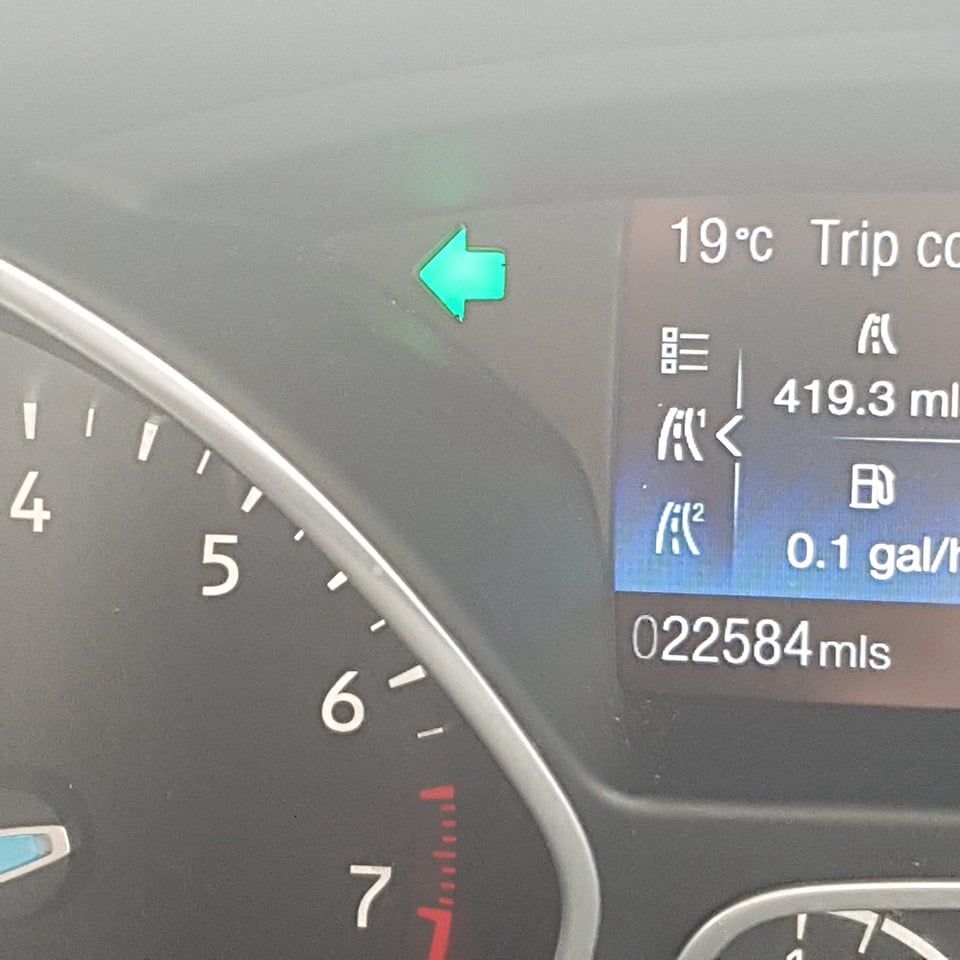
Definitely the most convenient and obvious form of signalling to let other road users aware of your intentions.
However, these must be used that would not cause another road user to be misled.
By putting one on that is not in the correct direction you intend to make would mislead.
By not using one when you should be indicating could mislead.
Placing one on too early could mislead.
Putting one on too late could mislead.
Forgetting to switch one off could mislead.
So as much as these are and were a marvelous invention, in the wrong hands or not used in the manner they were designed for, could put you and other road users at risk.
When to use.
Left indicator when turning left into a junction.
Right indicator when turning into a right junction.
Left indicator when turning left emerging from a junction.
Right indicator when turning right emerging from a junction.
Left indicator when approaching a roundabout and taking the first exit
Right indicator when approaching a roundabout turning right (past 12 O'clock) and having approached in the right hand lane of a multi-lane approach roundabout or on a single lane approach roundabout.
Left indicator when leaving at any exit on a roundabout once you have passed the last exit before the one you intend to take.
Left indicator when in a right lane wanting to move into the left-hand lane.
Right hand indicator when in a left lane wanting to move into the right- hand lane.
Relative indicator depending what direction you are changing lanes to, to notify other road users of your intentions.
